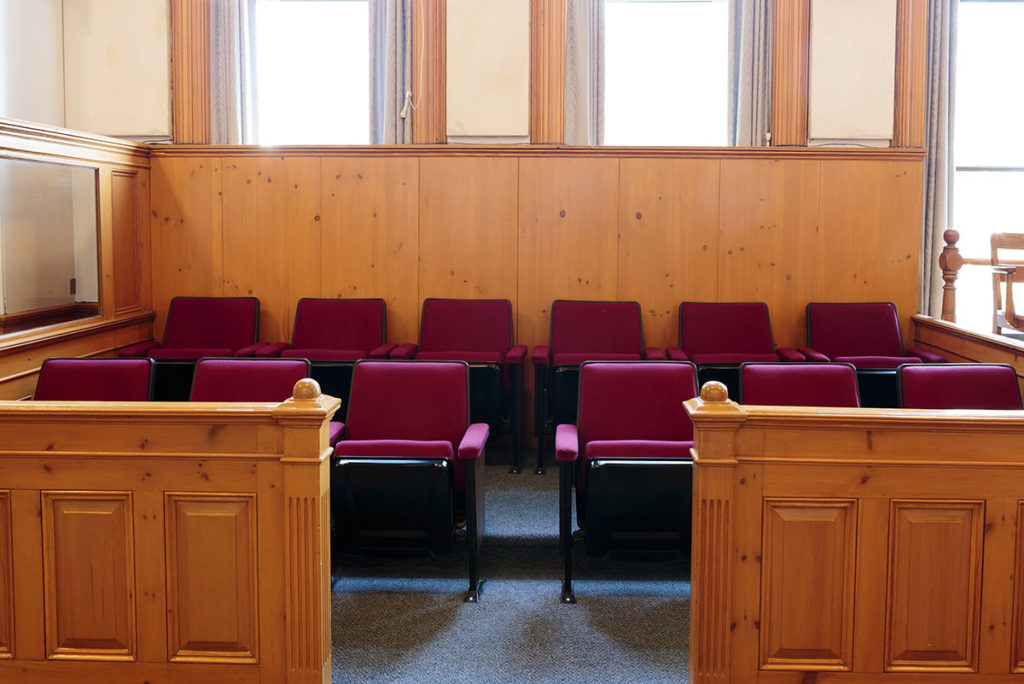Renewable-Energy Prices Should Be Based on Competition
Imagine you want to replace your older-model, gas-guzzler car with something trendy, maybe a hybrid. After some online research you head to a dealership, expecting to see a sticker price and work down from there. You as the consumer feel empowered knowing you can walk away and shop elsewhere.
But when you arrive, the salesman sits you down and shows you a government agency’s latest long-term forecasts of the cost of labor, aluminum, textiles, lithium, interest rates, and all the other many inputs that go into making a vehicle. Those forecasts blended together and appropriately weighted yield a fixed price you must pay — and not a penny more, the salesman says with a smile. If you try other dealerships, the vehicle price will be based on the same government process.
It’s absurd, of course. Yet this is the way prices are set all over the country for many of the renewables that consumers pay for through their utility bills.
Under a 1978 law called the Public Utility Regulatory Policies Act, or PURPA, certain power generators have a legal right to sell their output at “avoided cost,” a price point intended to reflect the costs a utility would otherwise incur to buy the same quantity of electricity. Well-intentioned in principle and initially effective at encouraging new electricity providers, PURPA’s implementation has been badly in need of an overhaul for many years. As former utility regulators, we have seen some unfortunate consequences of these policies. And while we come from different political parties and disagree on a lot, we both agree that PURPA needs reform.
The car-buying experience is an apt comparison, because, while it’s imperfect and often even frustrating, consumers receive the benefit of prices that are the product of competition among carmakers, dealerships, and even individual salesmen. Under PURPA, meanwhile, state utility commissions issue orders announcing the “right” price after a trial-like proceeding to determine forecasts of power plants’ various cost inputs.
This does not always result in consumer-friendly outcomes. Over the long term, the prices that regulators arrive at may be high, or they may be low. If they are low, few if any contracts result for the facilities that PURPA is intended to advantage. If the price skews high, however, it can launch a development feeding frenzy. Consumers are then locked into the contracts for decades.
Some states, including Colorado and California, have reformed their regulations to rely on competitive solicitations to set the price for PURPA projects. But they have come under attack from a handful of renewable developers who view administratively set prices as their right under federal law. The federal regulator charged with enforcing PURPA, meanwhile, has been ambivalent on that question. The Federal Energy Regulatory Commission (FERC) held a technical conference on the matter in 2016 but since then has gone dark. Courts have filled the vacuum, invalidating the auction process that California’s regulator — no slouch when it comes to renewable policy — used to ensure that PURPA’s prices were the result of renewable developers competing against one another to get their product to customers.
In Colorado, meanwhile, the state’s largest utility, Xcel, held a competitive solicitation that attracted some of the lowest-priced bids in U.S. history. But one losing bidder has decided to litigate, arguing Xcel has a legally enforceable obligation under PURPA to buy more than a thousand megawatts of its projects’ output — at a price based on government forecasts and substantially higher than the results of the competitive solicitation. If the developer prevails, the lower-cost renewables that won a fair competition could be canceled.
Forty years ago, PURPA’s drafters intended the law to encourage alternative technologies to provide electricity to consumers. Ironically, the current state of PURPA implementation works at cross-purposes with that intent. Indeed, by tying up so much of consumers’ demand for electricity with long-term, out-of-market renewable contracts, the biggest damage done by PURPA has been inflicted on the cause of clean energy itself. There are more-affordable ways to reduce carbon, as Colorado has proven.1
Congress has given the FERC the tools it needs to address this problem. The time has come for the FERC to use them and to adopt federal regulations that promote the use of competitive pricing processes to fulfill PURPA’s legal requirements.









